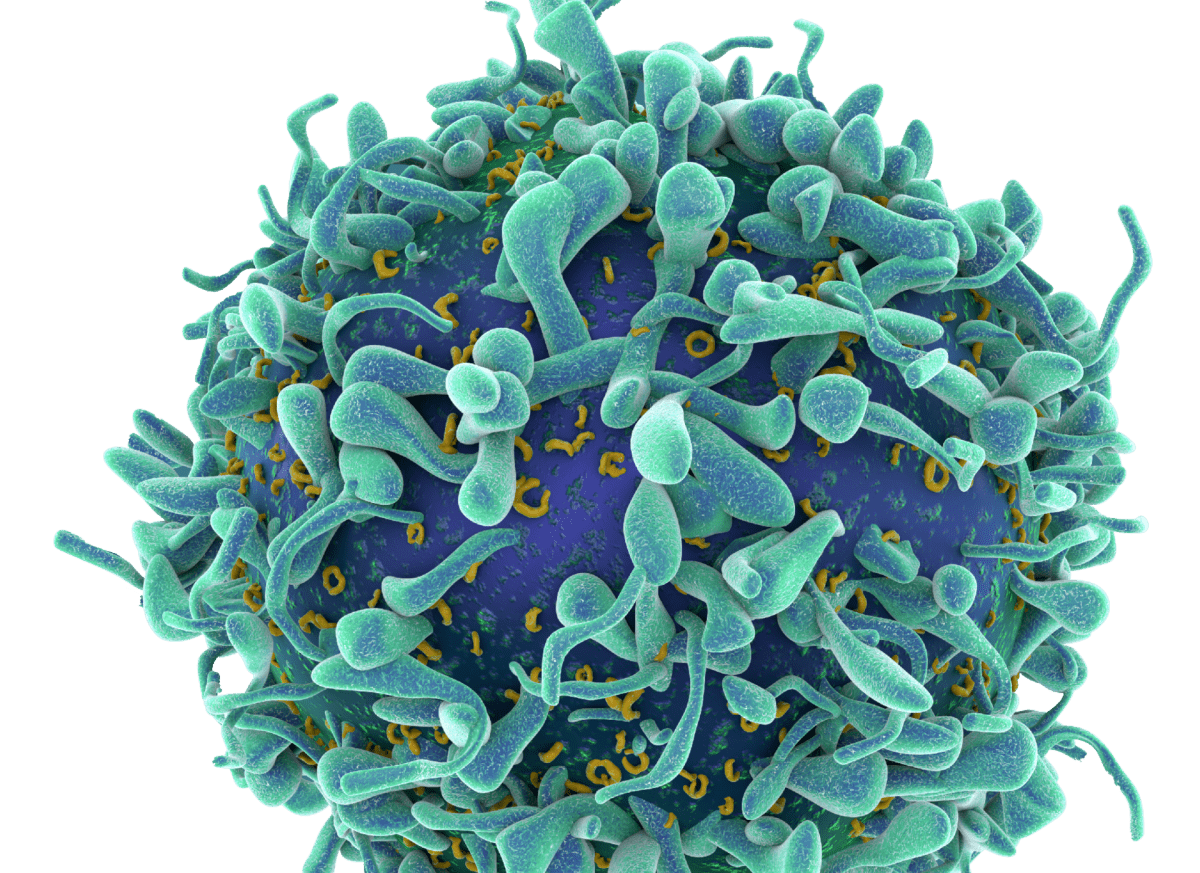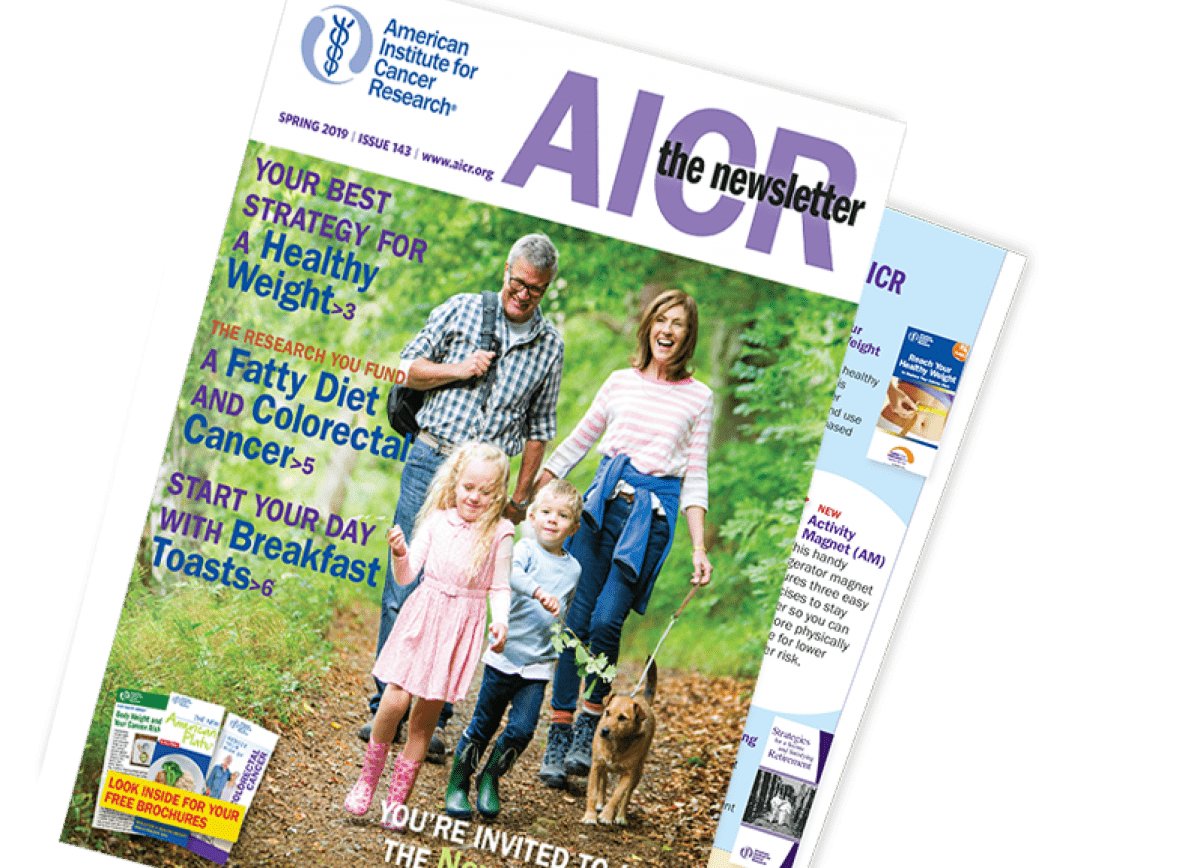Spring 2021 Archive
Testamentary charitable remainder trusts are generally established to provide financial security for surviving family members, but they can also meet a client’s individual needs.
Special needs beneficiaries—A charitable remainder trust can make payments to a noncharitable trust for the life of an individual who is “financially disabled” (Rev. Rul. 2002-20). Such an arrangement might be appropriate when the income beneficiary, by reason of a medically determinable physical or mental impairment, is unable to manage his or her own financial affairs. The trustee of the noncharitable trust can have broad discretion as to how much income or principal would be paid to the beneficiary and can take into account government benefits to which the beneficiary may be entitled.
Ruling from the grave—Under Code §664(f)(2), a charitable remainder trust is permitted to terminate early upon the happening of a specified contingency. What is a qualified contingency? The IRS has ruled the noncharitable interest may terminate in the event of divorce or separation (Letter Ruling 9252017), upon a term of years or the earlier completion of college (Letter Ruling 8749052), the death of someone other than the income beneficiary (Letter Ruling 9322031) or the death of the income beneficiary before the end of a term of years (Letter Ruling 200726005). The charitable deduction is computed without regard to the contingency.
Charity may begin at home, but philanthropy has no geographical boundaries. The deductibility of cross-border generosity depends on a number of factors.
Occasionally a client will have a loved one he or she wants to benefit without having the rest of the family know. A bequest in a will or living trust, or even a beneficiary designation on a retirement account, might not shield the information from others. There are, however, charitable options that can accomplish the client’s goals.
Marie wanted to provide help for her brother, who was estranged from the rest of the family. Because he had made poor choices with money in the past, Marie was reluctant to leave a bequest to him outright. Instead, she established a series of charitable gift annuities for him during her lifetime. For several years, Marie transferred cash to charity, making sure the value of her brother’s interest fell below the annual exclusion limit. In return, charity makes quarterly payments to her brother. Marie is comfortable knowing her brother will have a financial safety net after her death.
Glenn wants to support his ex-wife without his family knowing about it. He transferred appreciated stock to a flip charitable remainder unitrust, keeping the value of the income interest under the annual exclusion amount. Each year, Glenn makes additional gifts to the unitrust. During his life, the trust pays his ex-wife the lesser of the trust’s net income or 5%. At Glenn’s death, the trust will flip to a standard unitrust, paying her a fixed percentage of the trust’s appreciated value for her life.
In both cases, the gifts are considered present interests. By keeping the value of the annuity or income interest below the annual exclusion amount, no gift tax return is required. At the deaths of Marie and Glenn, nothing is brought back into their estates that would alert family members to the gifts.
Retired clients may find themselves with a need for additional funds but without a clear strategy for increasing their spendable incomes. One idea for charitably minded retirees is to spend down some of their principal, not just interest on their savings, by arranging charitable gift annuities. Gift annuity payments are backed by the resources of the issuing organization during the recipient’s lifetime, no matter how long that may last, thus offering a reasonably secure way to dip into principal. Gift annuities also offer tax savings not available from commercial annuities. Here are two strategies:
Redeem fully matured US savings bonds—Many retirees own savings bonds that have stopped earning interest. Bonds can be converted into charitable gift annuities by cashing the bonds and contributing the proceeds. Donors must report any interest that has built up on the bonds, but the gift annuity will create a charitable deduction that may reduce or even eliminate taxes owed on the bonds. Furthermore, donors’ lifetime payments will be largely tax-free returns of principal during their life expectancies.
Capitalize on stock market successes—The ability to fund charitable gift annuities with appreciated securities can be attractive to many retirees. Two favorable tax results occur: (1) a donor’s deduction is calculated on the current fair market value of the stock, not on the donor’s basis and (2) a large part of the donor’s gain is avoided, with the rest reportable pro-rata over the donor’s life expectancy.
With only a few thousand estates per year subject to tax, what considerations should estate planners keep in mind for clients who want to make charitable bequests?
- The client may be subject to inheritance or estate taxes in one or more states, which can be offset by charitable deductions.
- The client may own items of income in respect of a decedent (retirement accounts and U.S. savings bonds, for example) that can satisfy charitable objectives and avoid income taxes for the estate or other beneficiaries.
- Nonqualified testamentary charitable remainder trusts (e.g., trusts that pay all trust income to family members before assets pass to charity) may provide more flexibility to clients than qualified charitable remainder trusts.
- A qualified charitable remainder trust can be used if a client wishes to fund the trust with retirement accounts and other IRD to take advantage of the trust’s tax-exempt status.
- Clients who face high capital gains tax rates and the 3.8% net investment income tax might find it helpful to accelerate charitable bequests into inter vivos charitable remainder unitrusts providing them with lifetime payments, charitable deductions and the ability to harvest capital gains inside a tax-exempt trust. Future unitrust payments will be subject to tax under the four-tier rules [Reg. §1.664-1(d)(1)].
© Copyright Sharpe Group. All rights reserved.






